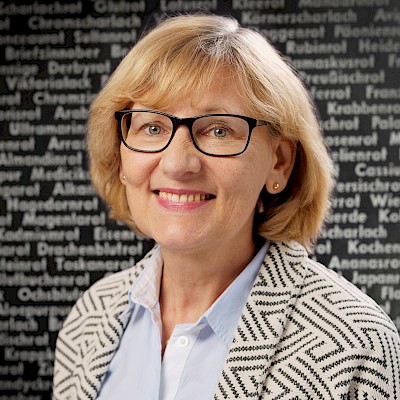Facing the Text. Julian Rosefeldt gibt Manifesten ein Gesicht
Point of departure for my project is Julian Rosefeldt’s Manifesto, a film installation in twelve parts that engages artists’ writings from a wide range of areas including literature, architecture, painting, and film. Specifically, the project focuses on Rosefeldt’s cinematographic use of portraits within the framework of his encounter with conceptual writings about art. »Facing the Text« inquires the double strategy of Manifesto’s use of portraits: the various ways the film installations are »giving a face to a text« and »confronting – rereading, rethinking – a text,« i.e., the artists’ manifestos, at the same time. Rosefeldt’s work is innovative in that it offers a new, multi–medial perception of the portrait and a new way to see – to read – well-established texts of the aesthetic tradition. It designs the portrait as a showcase for the encounter of image and text.
In a second step, the project will investigate Rosefeldt’s work within various conceptual contexts, including literary theory, philosophy, art history, and cultural studies. This also comprises an investigation of the theoretical impact of the artists’ manifestos themselves (Marinetti, Giacomo Balla, Tristan Tzara, André Breton, Naum Gabo / Anton Pevzner, Barnett Newman, Claes Oldenburg, Sol LeWitt, Lars von Trier, etc.).
In order to situate Rosefeldt’s specific multi-medial arrangement of image and text, an extensive and intensive research of key theoretical positions (Goethe, Lichtenberg, Schopenhauer, Balzac, Blumenberg) will be necessary. The general framework of the project will be a delineation of the development from Johann Caspar Lavater’s physiognomic studies to the contemporary, post-physiognomic discourse of Julian Rosefeldt’s Manifesto.
